Spring gardening checklist: Everything to sow, plant and prepare this October
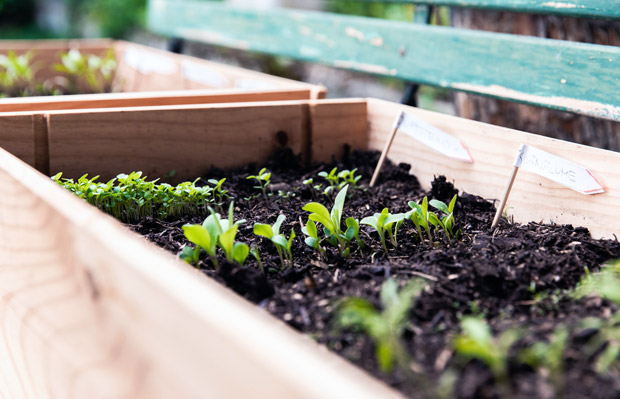
It’s time to sow, sow, sow for a bountiful season ahead.
Words: Jane Wrigglesworth
1. Spice up your summer salads with red mustard. It’s a showy rouge colour with pale green leaf veins. Eat the raw leaves in salads and sandwiches for a wasabi-like bite, or add them at the last minute to stir-fries for a more mellow taste.
2. Sow seeds of capsicums, courgettes, cucumbers, chillies, eggplants, and tomatoes in trays for planting out later.
3. Plant pumpkins:
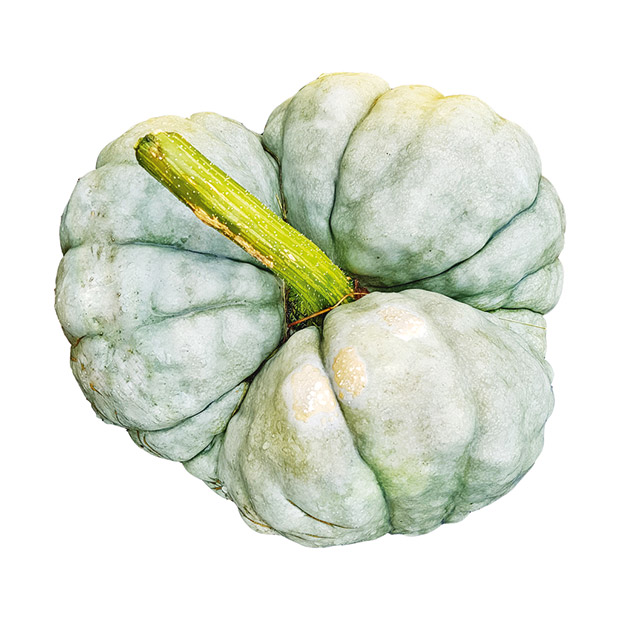
• Choose a patch that gets at least six hours of direct sunlight a day.
• Dig compost into soil on a flat or sloping site. Alternatively, create a mound of compost and soil, 80-90cm in diameter, with a moat dug around the edge to catch water. Sow four or five seeds directly on top of the mound. Once they’ve germinated, choose the two strongest seedlings to grow on.
• Place a cloche over seedlings to protect them if it gets cold.
• In colder regions, start seeds indoors and transplant when the weather is consistently warm.
• Pumpkins need a lot of food in their first few weeks. Use a fish emulsion and a general fertiliser once a month.
4. Plant passionfruit, rhubarb, and tamarillos.
5. Sow seeds or plant seedlings of lettuce, leeks, and silverbeet.
6. Plant seedlings of kohlrabi. It’s a heavy feeder, so dig plenty of compost into the soil before planting. Water regularly to encourage fast growth. You can harvest the swollen stems in 8-10 weeks.
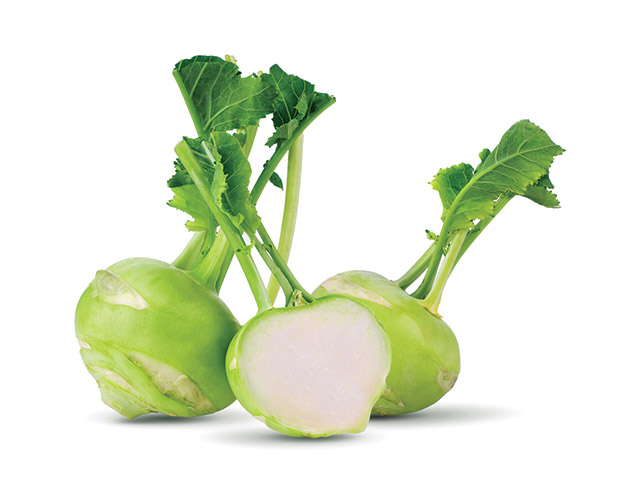
7. Direct sow seeds of beetroot, carrots, parsley, radishes, and silverbeet in the ground. In warmer areas, sow beans, pumpkins, and sweet corn directly. If you’re in a colder area, sow in trays for planting out later.
8. Two tips to cabbage success. Cabbages (and other Brassicas) like a rich soil so dig in plenty of compost, aged manure, or worm castings. Plants are surprisingly resistant to drought, but they’ll be smaller, with smaller heads.
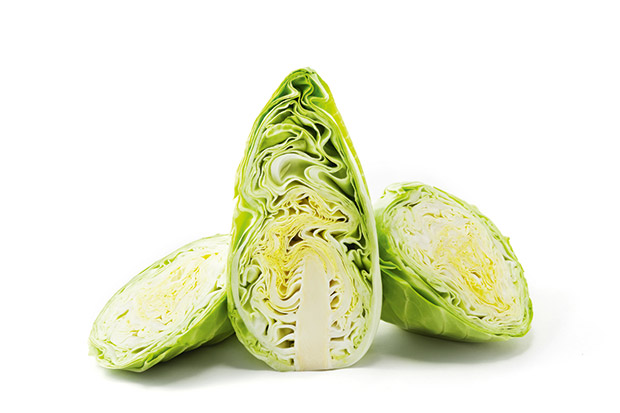
Cabbages like to sit firm. If grown in loose soil, plants tend to grow tall and leggy with loose heads. Before planting, firm the soil with your heels or press down on it with a bucket. This method leaves a bucket-sized depression in the soil that helps to direct water to the roots. Plant seedlings deep, up to where their first leaf grows out from the stem, then firm the soil around them with your fingers.
Tip: if regular varieties are too much cabbage for you, try Conehead, Space Saver, or Mini Red. They weigh 1-1.2kg, about half the size of a standard cabbage.
9. Plant sunflowers this month. They do best in a free-draining soil with compost dug into it, but will grow in most soils, and tolerate drought.
Position is key. Plant somewhere sheltered, but in full sun, so flowerheads can follow the light from east to west. The best ones for edible seeds are the tall varieties, such as Giant Russian, and Skyscraper. They do best when tied to a high fence or wall for support. Another option is to plant them in circles, place a stake in the middle, then tether them to it.
The young leaves of sunflowers taste good in salads.
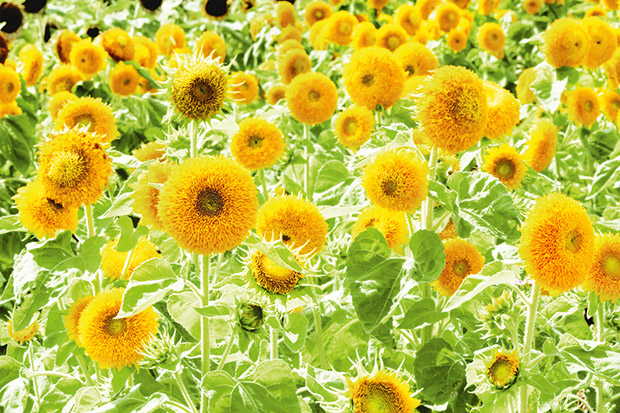
Bee bonus: new research shows sunflower pollen seems to give bees, bumblebees, and other pollinators protection from parasites.
Sunflower Teddy Bear (pictured) isn’t your typical sunflower, but it’s pretty cute. Bees, butterflies, and birds love Teddy Bear’s pompom blooms for their pollen and nectar.
MORE HERE
Love this story? Subscribe now!
 This article first appeared in NZ Lifestyle Block Magazine.
This article first appeared in NZ Lifestyle Block Magazine.
